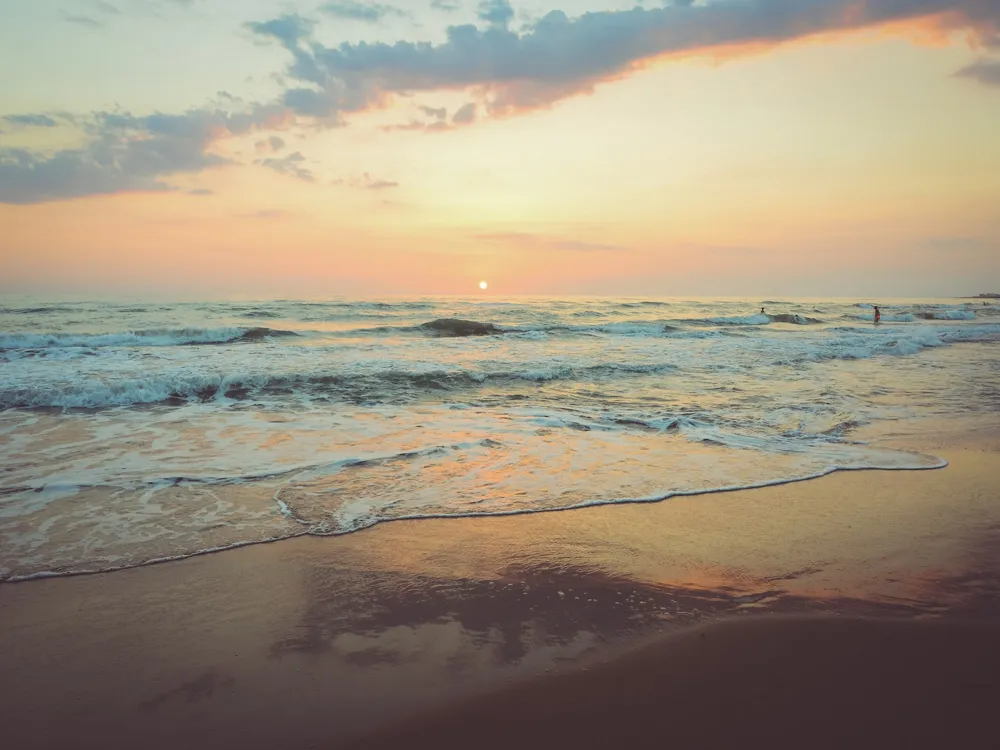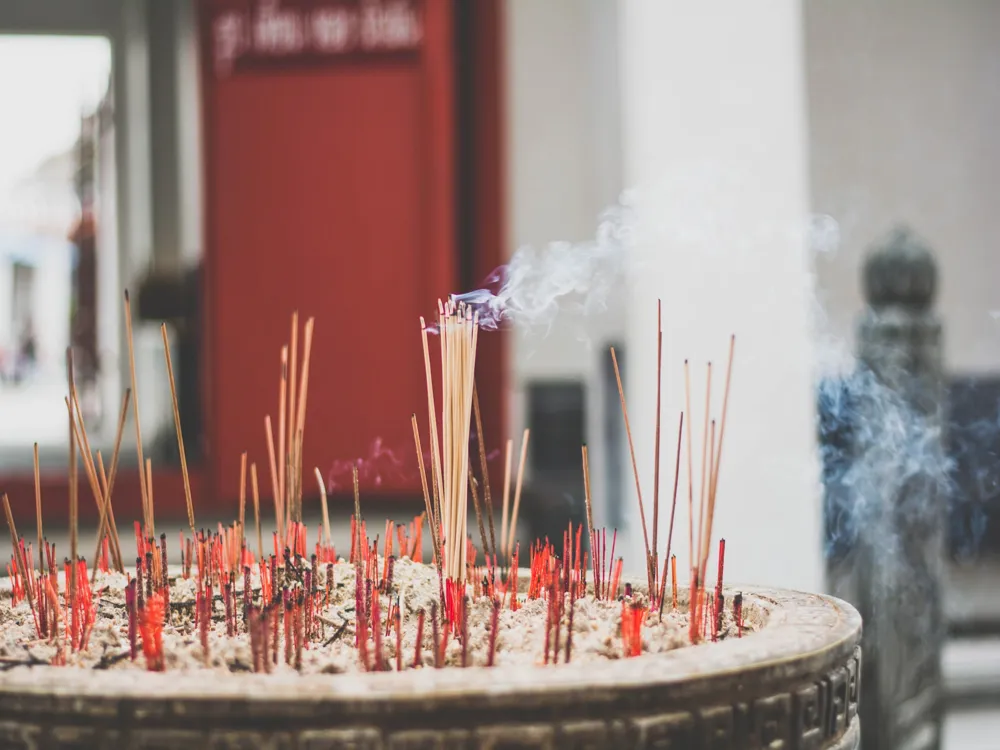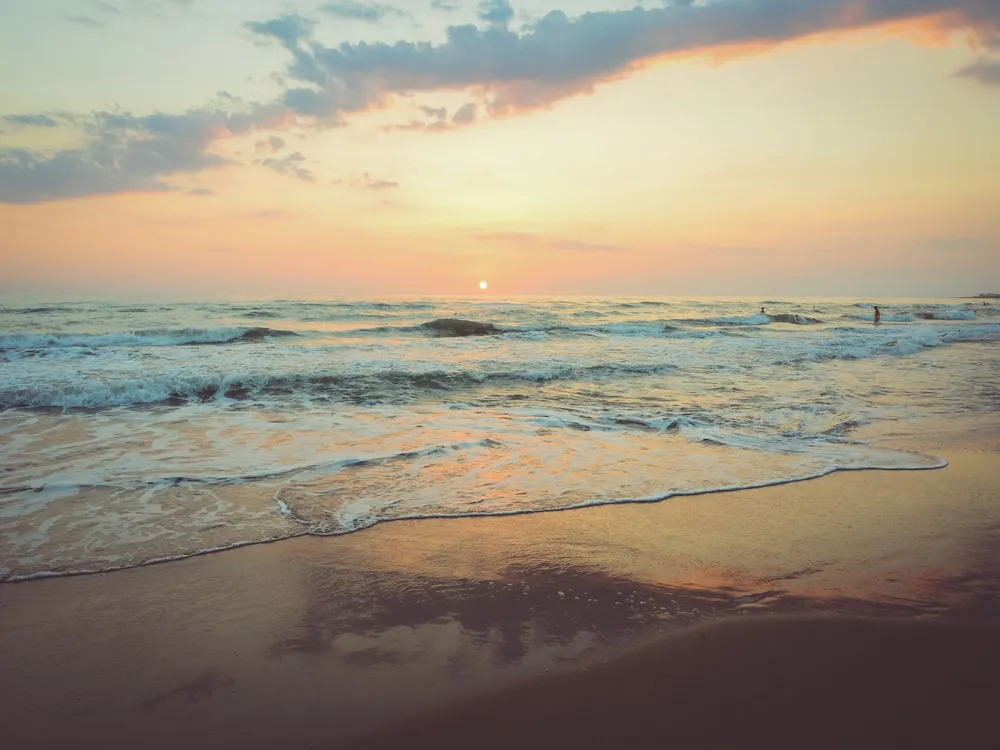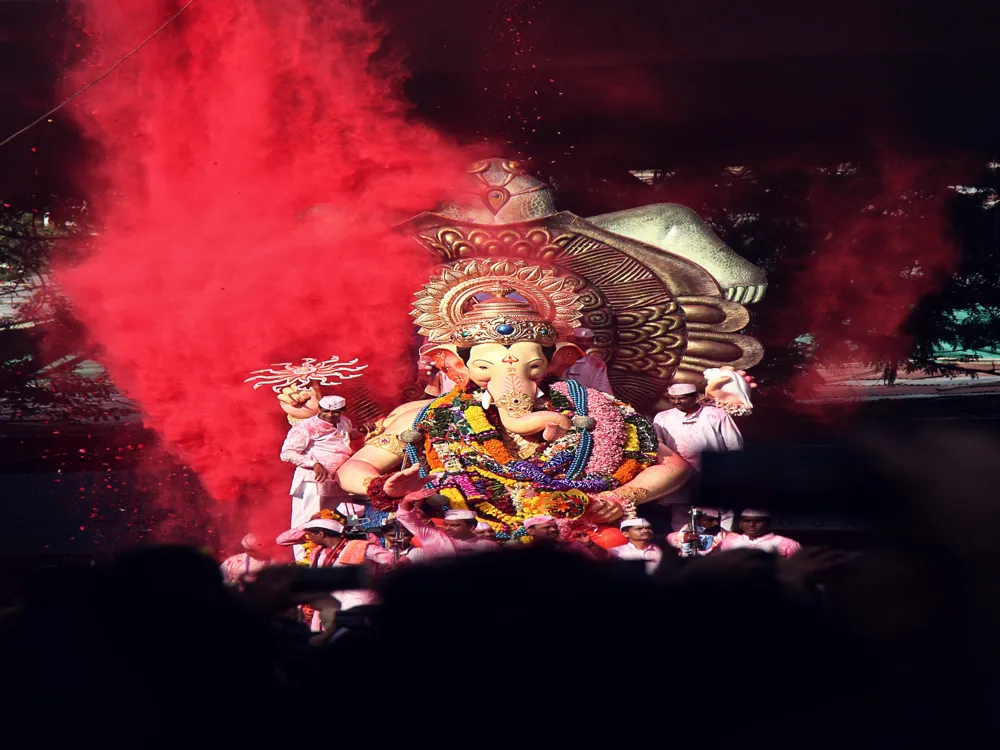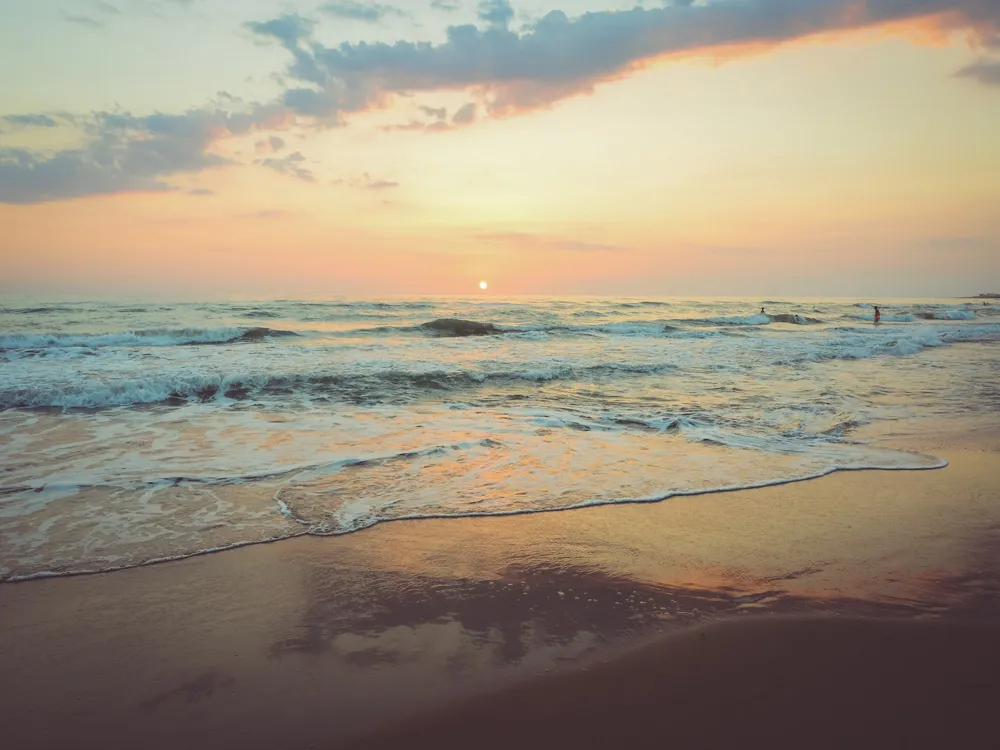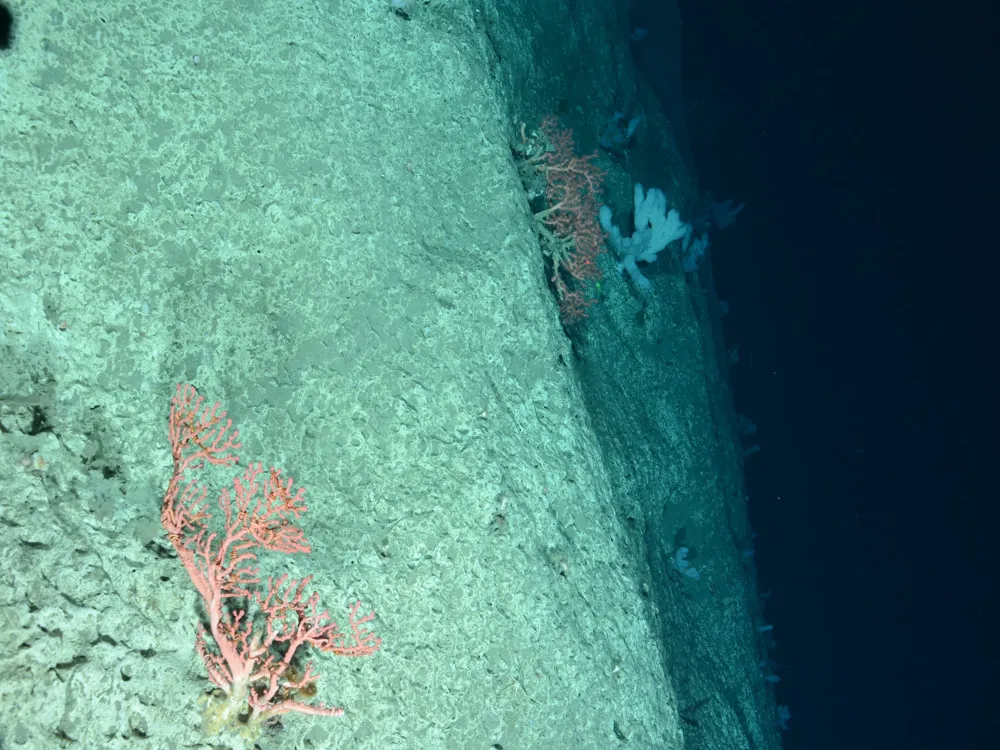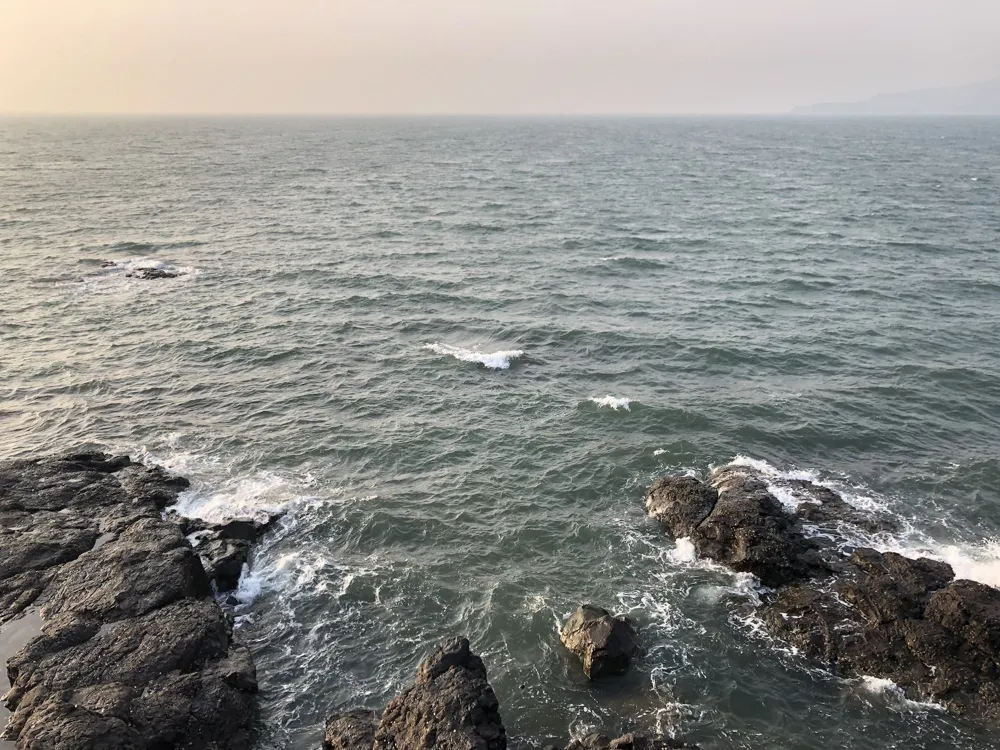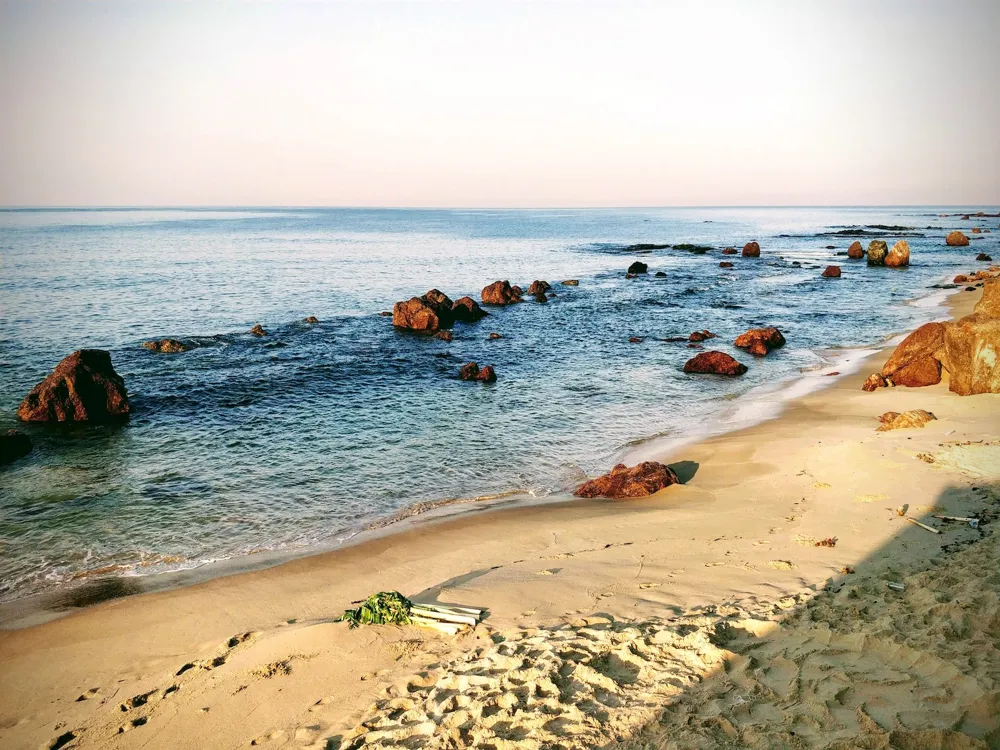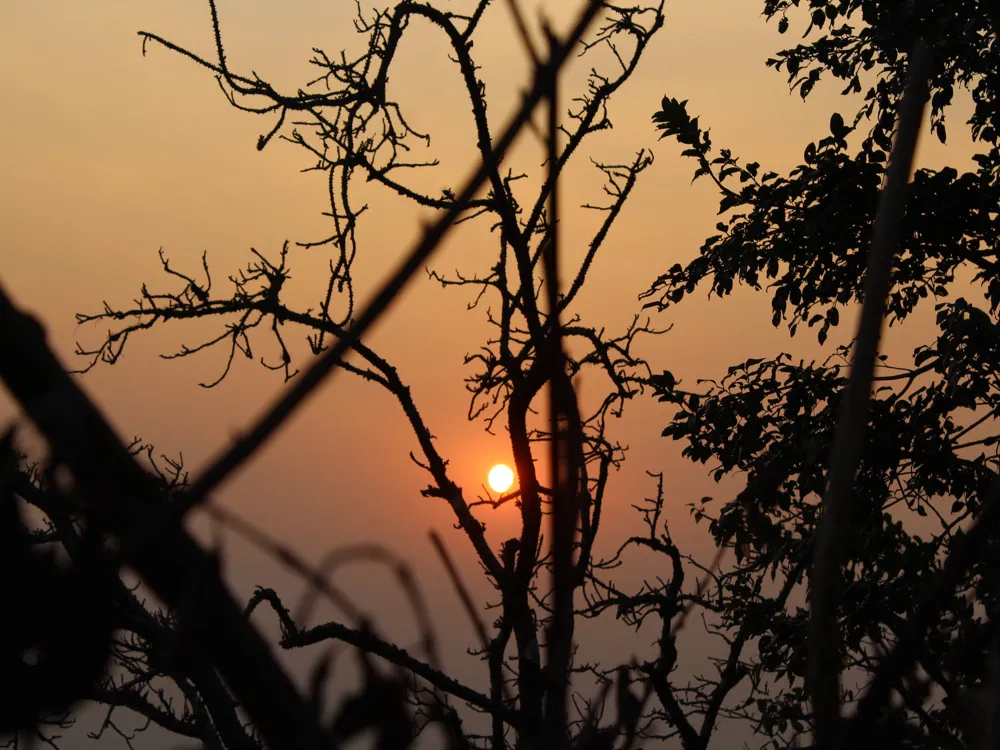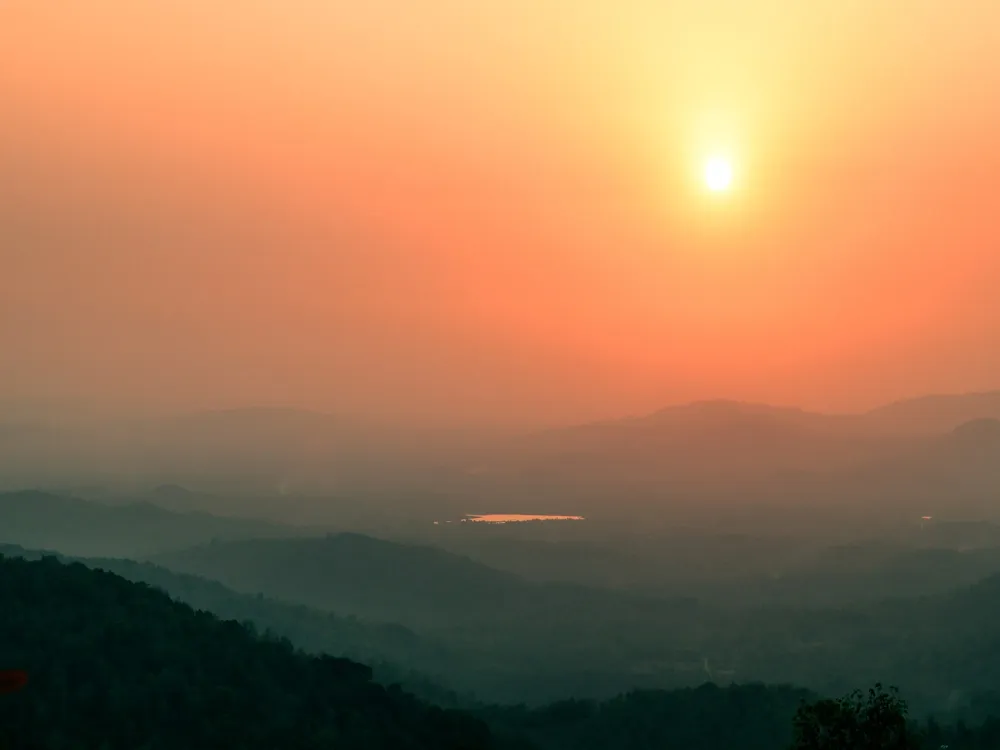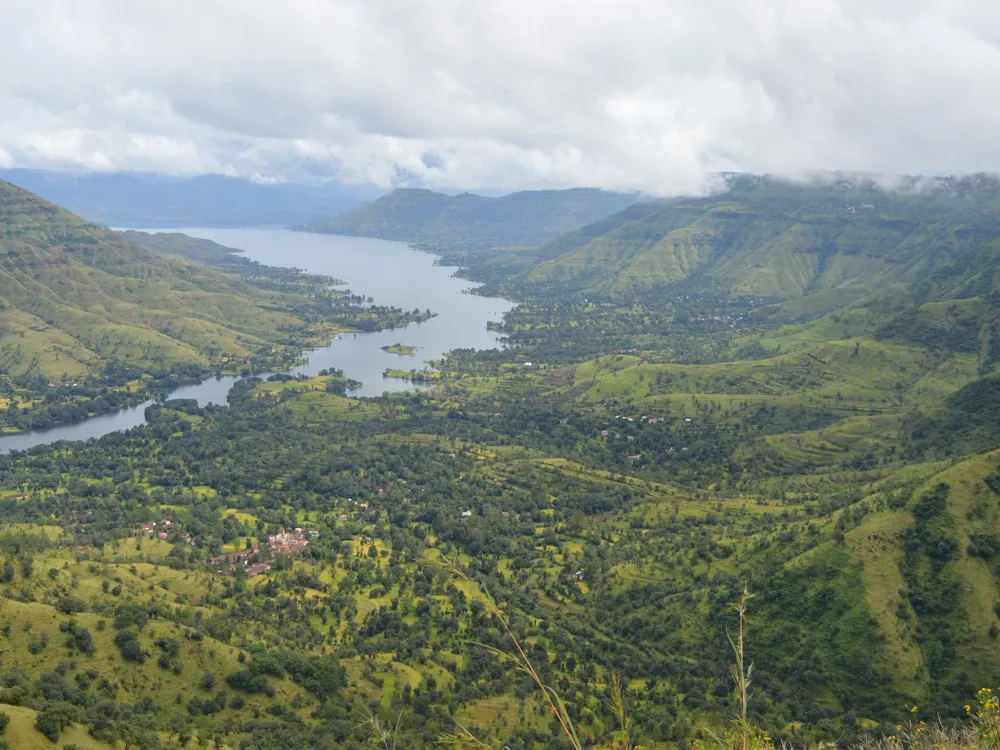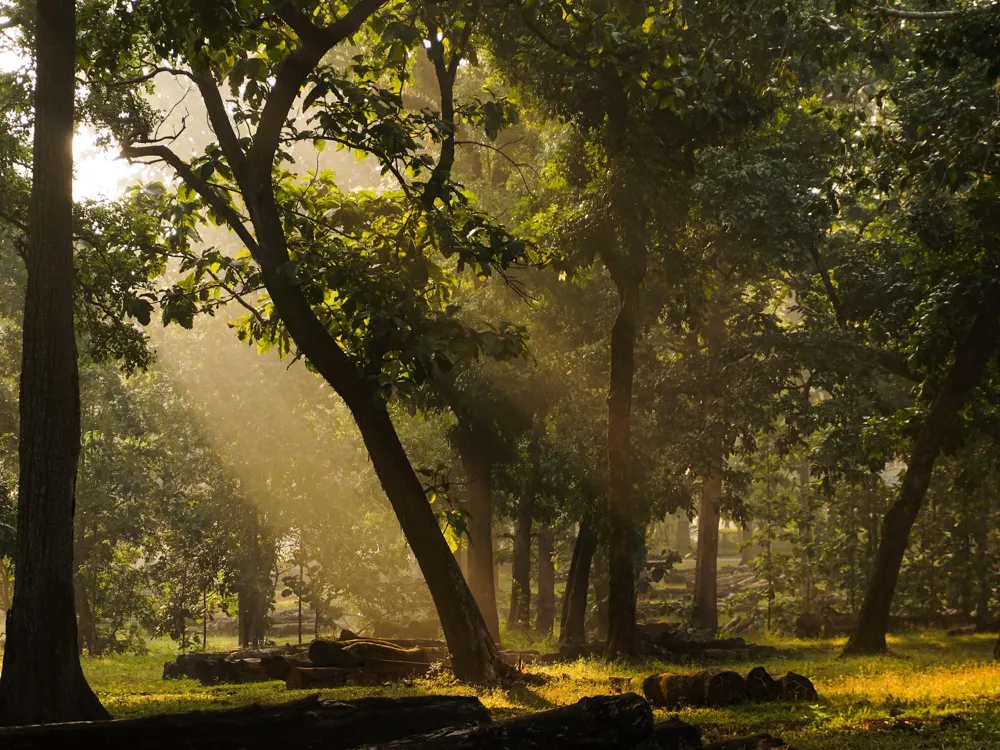Tucked away in the Arabian Sea, off the coast of Malvan in Maharashtra, lies a hidden gem known as Tsunami Island. Despite its name, Tsunami Island is not a product of a tsunami but rather a quaint result of sand accumulation over the years. This island is a unique geographical formation and a popular tourist destination, offering an unspoiled natural environment with lush greenery, pristine beaches, and crystal-clear waters. The island's unique topography and breathtaking landscapes make it a must-visit for nature enthusiasts and adventure seekers alike. Surrounded by the turquoise waters of the Arabian Sea, Tsunami Island is a part of the stunning Konkan coast, known for its rich history and vibrant culture. The island's proximity to both Maharashtra and Goa makes it a perfect getaway for tourists looking to explore the beauty of India's western coastline. The island's untouched natural beauty is complemented by the warm hospitality of the local communities, making it an ideal destination for a serene and relaxing holiday. One of the most fascinating aspects of Tsunami Island is its dynamic landscape, which changes with the tides. During low tide, the island expands, revealing more of its sandy beaches and allowing visitors to walk further into the sea. High tides, on the other hand, shrink the island's size, creating a cozy and secluded environment. This ever-changing landscape not only adds to the island's charm but also offers visitors a unique experience with every visit. Aside from its natural beauty, Tsunami Island is also a hub for water sports and recreational activities. The calm and shallow waters around the island are ideal for activities such as jet skiing, banana boat rides, and parasailing. These activities are not only thrilling but also safe, making them suitable for both beginners and experienced adventurers. The island's beaches are also perfect for relaxing, sunbathing, and enjoying the scenic views of the sea. The architecture of Tsunami Island is a harmonious blend of natural and man-made structures, seamlessly integrated into the island's landscape. The island's architectural style reflects the simplicity and elegance of coastal living, characterized by rustic huts, wooden cottages, and open-air pavilions. These structures are primarily built using local materials such as bamboo, wood, and palm leaves, emphasizing sustainability and environmental consciousness. The design of the buildings on Tsunami Island is influenced by traditional Konkani architecture, which is prevalent in the region. This architectural style is known for its practicality and resilience against the harsh coastal climate. The use of elevated structures and sloping roofs helps protect the buildings from high tides and heavy rains. The interiors of these structures are typically airy and spacious, with large windows and open spaces that allow natural light and sea breezes to flow through. One of the unique features of Tsunami Island's architecture is its focus on eco-friendly and sustainable practices. Many of the structures on the island are built using recycled and locally sourced materials, minimizing the environmental impact. The use of solar energy for power and rainwater harvesting systems are common practices, showcasing the island's commitment to sustainability. This eco-conscious approach not only preserves the natural beauty of the island but also sets an example for responsible tourism. Another aspect of Tsunami Island's architecture is its integration with the surrounding landscape. The buildings are designed to blend in with the natural environment, maintaining the island's serene and untouched charm. The use of natural color palettes, organic shapes, and minimalistic designs ensures that the structures do not overpower the island's natural beauty. This thoughtful integration of architecture and nature creates a peaceful and harmonious atmosphere, perfect for relaxation and rejuvenation. The ideal time to visit Tsunami Island is between October and March when the weather is pleasant, and the sea is calm. This period avoids the monsoon season, ensuring safer and more enjoyable water activities and beach time. When visiting Tsunami Island, pack light and include essentials such as sunscreen, hats, comfortable clothing, and water-resistant bags. Don't forget to bring your camera to capture the stunning scenery. Indulge in the local Konkani cuisine, famous for its seafood and coconut-based dishes. Trying local delicacies like fish curry, solkadhi, and kokum juice is a must for a complete experience. Respect the local culture and traditions. Dress modestly, be mindful of local customs, and always seek permission before photographing residents or their properties. Always prioritize safety, especially during water sports. Follow the guidelines provided by the instructors, and don't venture too far into the sea, especially during high tides. Tsunami Island is accessible from both Maharashtra and Goa. The nearest airport is in Goa, from where you can hire a taxi or take a bus to Malvan. Once in Malvan, local boats are available to take you to Tsunami Island. The boat ride is short and offers a scenic journey across the Arabian Sea, showcasing the beauty of the Konkan coast. For those traveling by train, the nearest railway stations are Kudal and Sindhudurg in Maharashtra. From these stations, you can take a taxi or local transport to Malvan. The journey by road is equally scenic, with lush green landscapes and coastal views along the way. For visitors driving to Tsunami Island, well-maintained roads connect both Maharashtra and Goa to Malvan. The drive is a delightful experience, with picturesque views of the Western Ghats and the Arabian Sea. Ample parking facilities are available in Malvan, from where you can take a boat to the island. Read moreOverview of Tsunami Island
Architecture of Tsunami Island
Tips for Visiting Tsunami Island
Best Time to Visit
Packing Essentials
Local Cuisine
Respecting Local Culture
Staying Safe
How To Reach Tsunami Island
Malvan Tourism
Best Time to Visit Malvan
How to Reach Malvan
Things To Do Malvan
Tsunami Island
Malvan
Maharashtra Goa
NaN onwards
View malvan Packages
Malvan Travel Packages
View All Packages For Malvan
Top Hotel Collections for Malvan

Private Pool

Luxury Hotels

5-Star Hotels

Pet Friendly
Top Hotels Near Malvan
Other Top Ranking Places In Malvan
View All Places To Visit In malvan
View malvan Packages
Malvan Travel Packages
View All Packages For Malvan
Top Hotel Collections for Malvan

Private Pool

Luxury Hotels

5-Star Hotels

Pet Friendly







